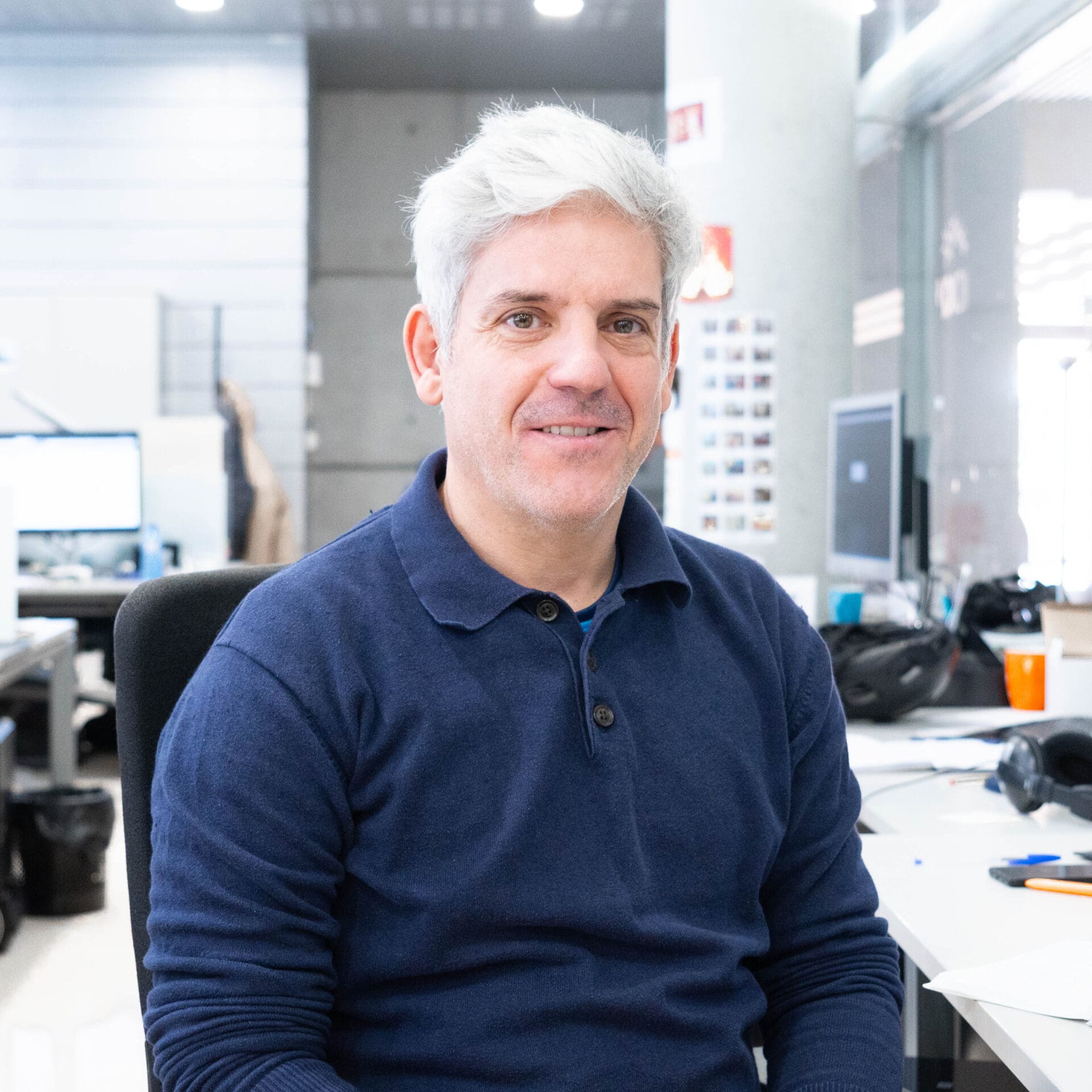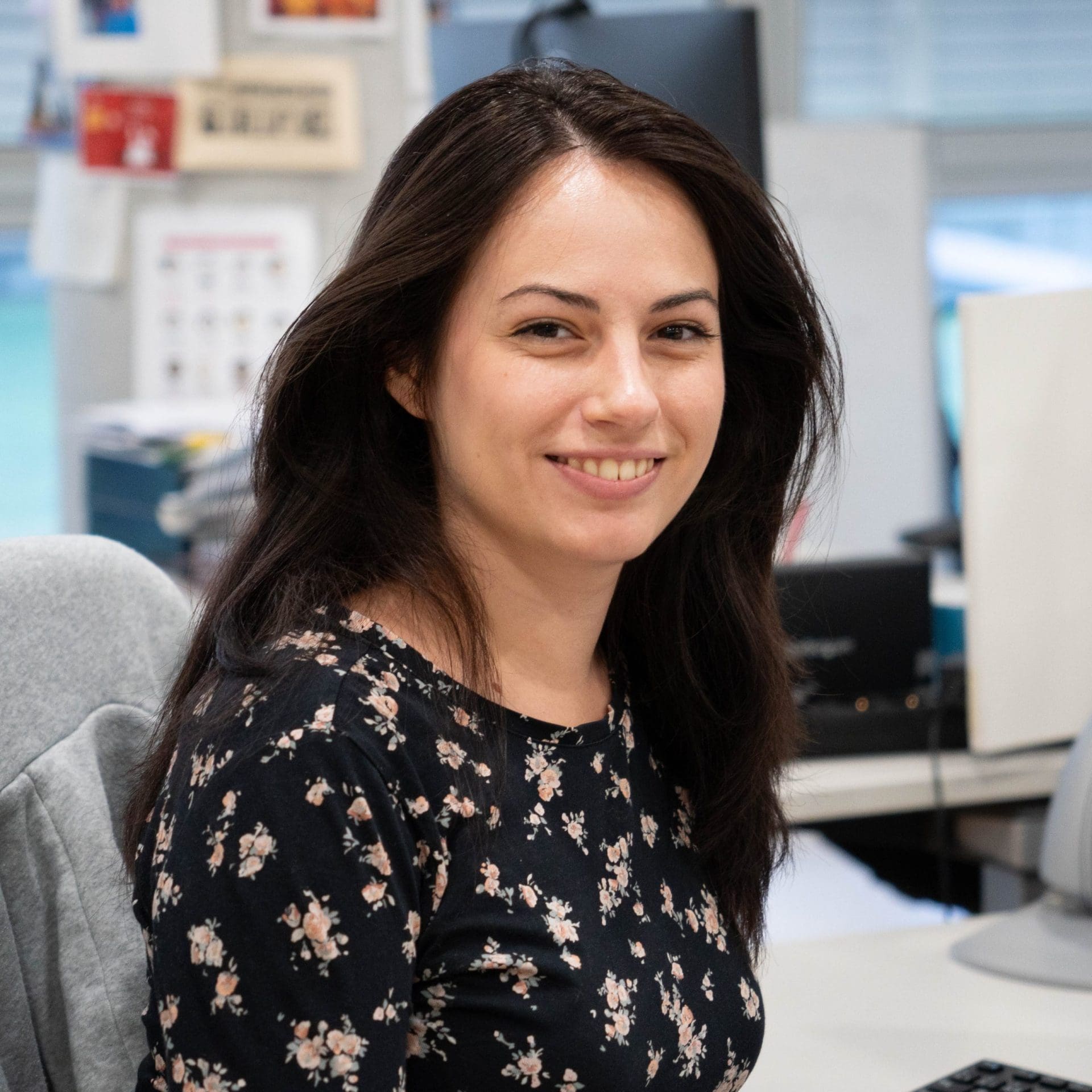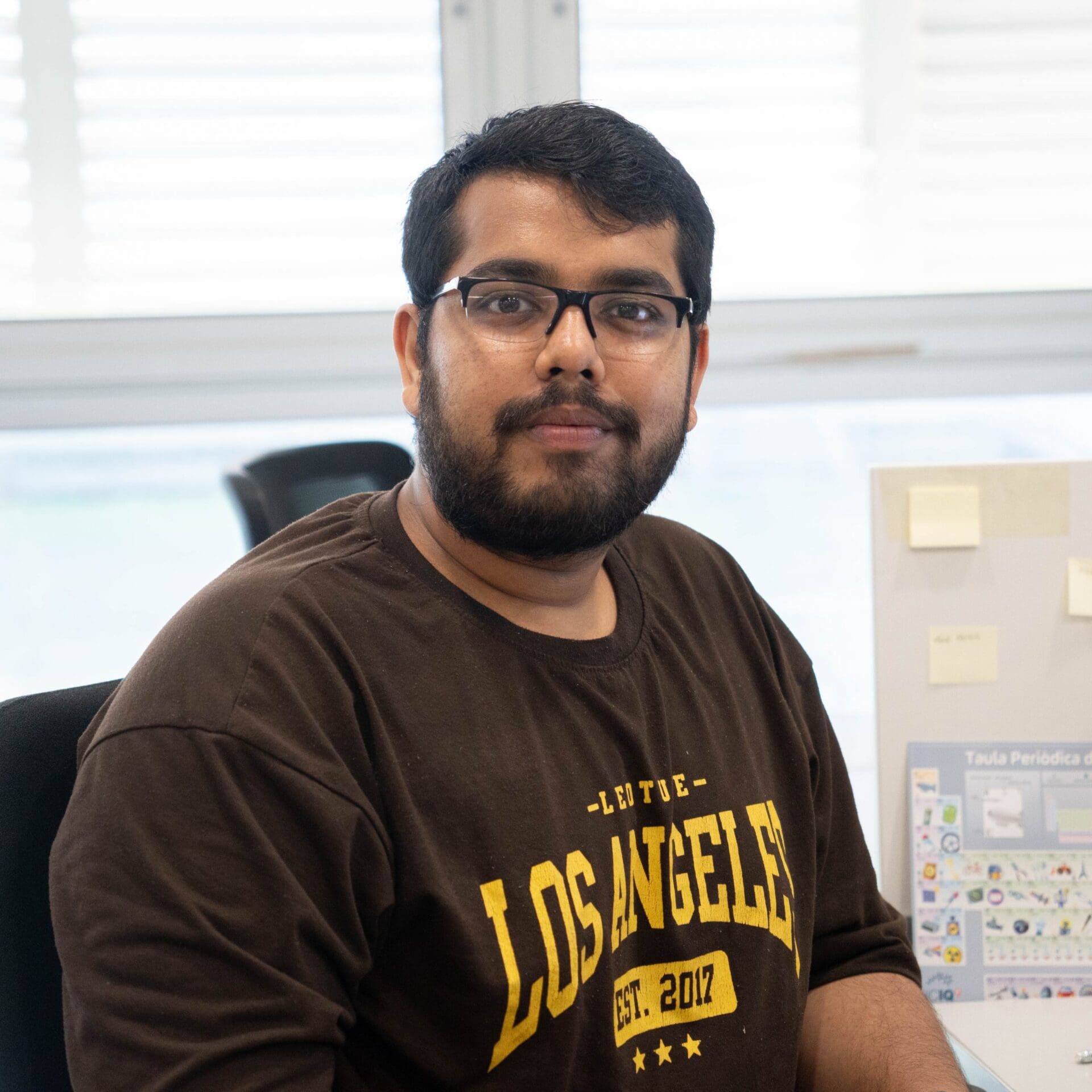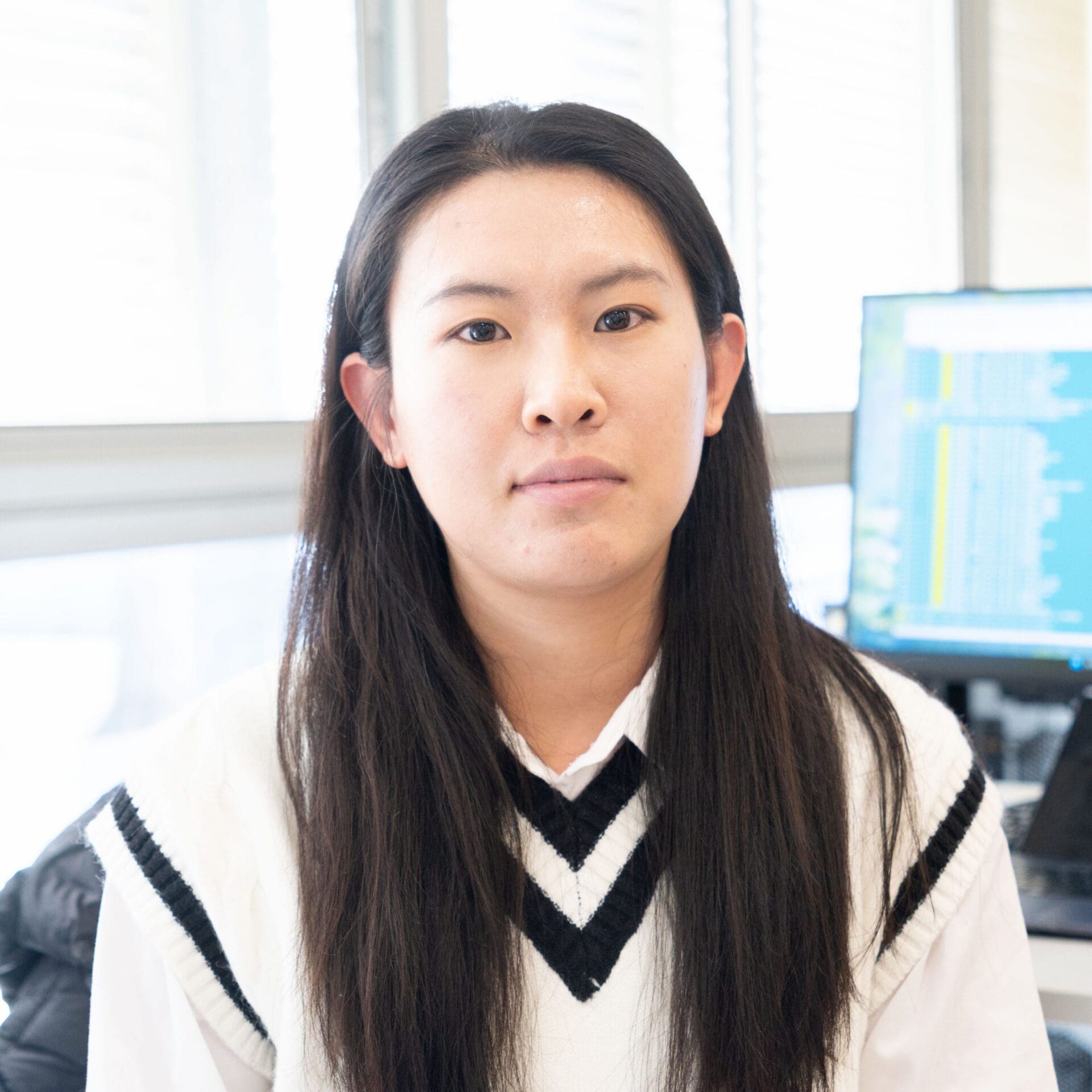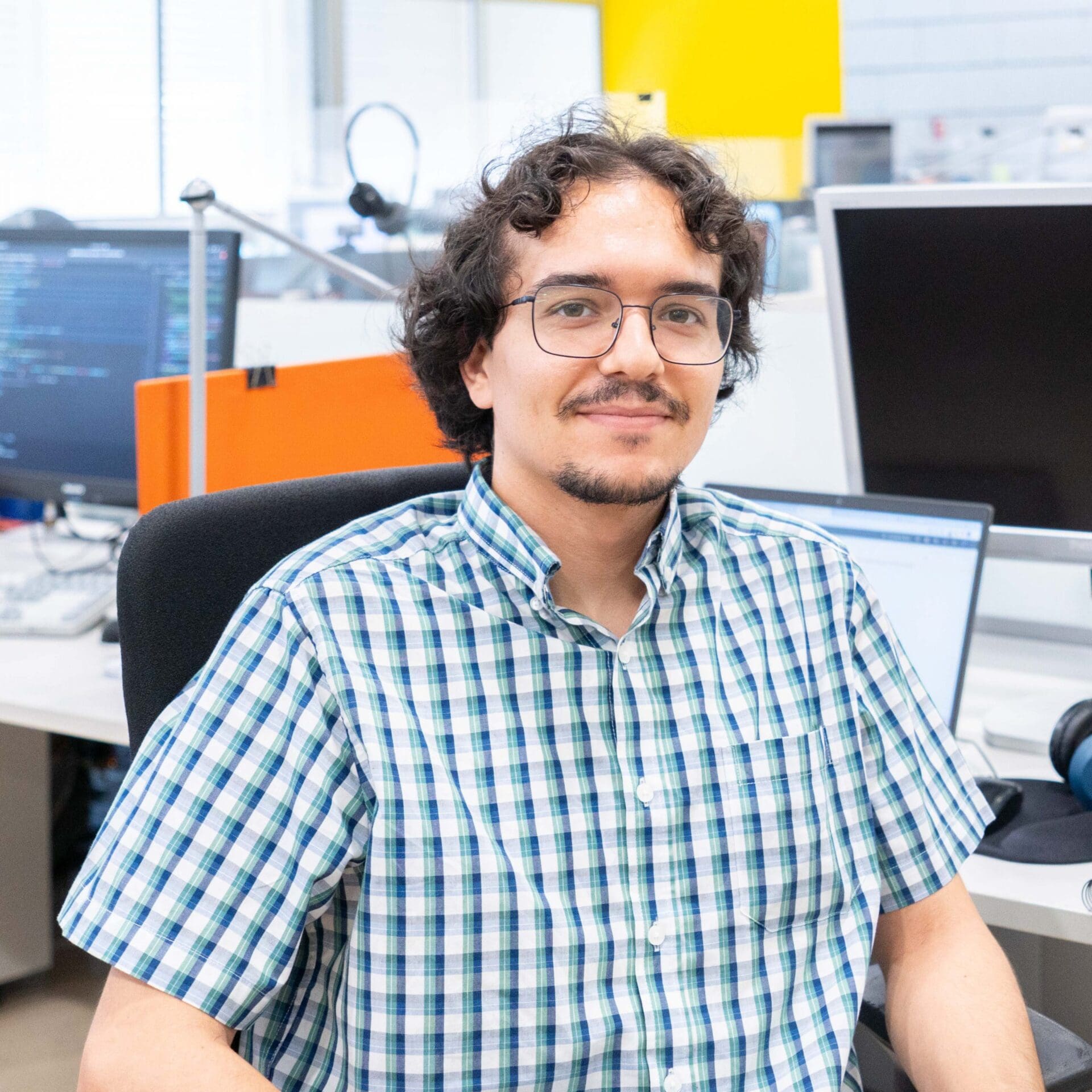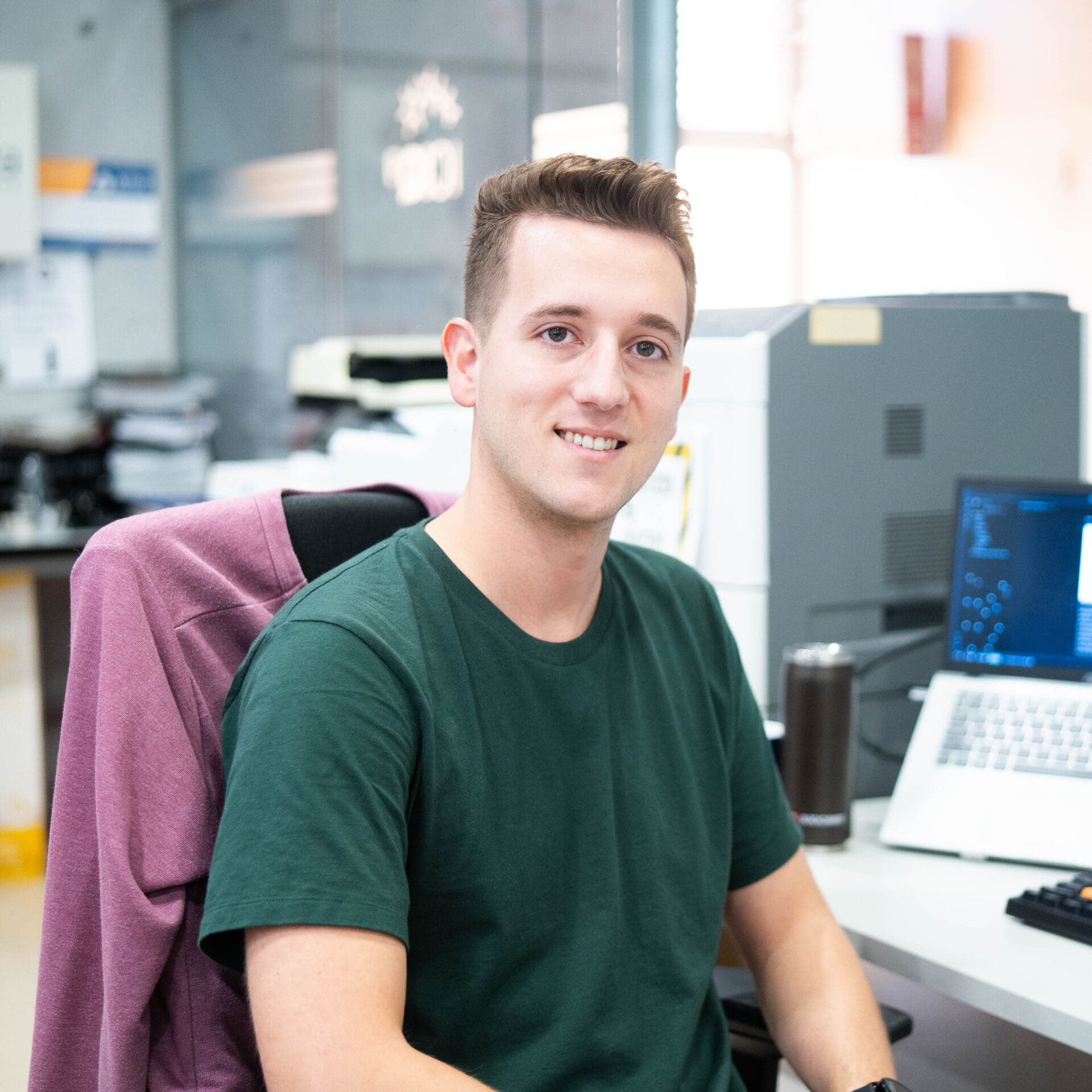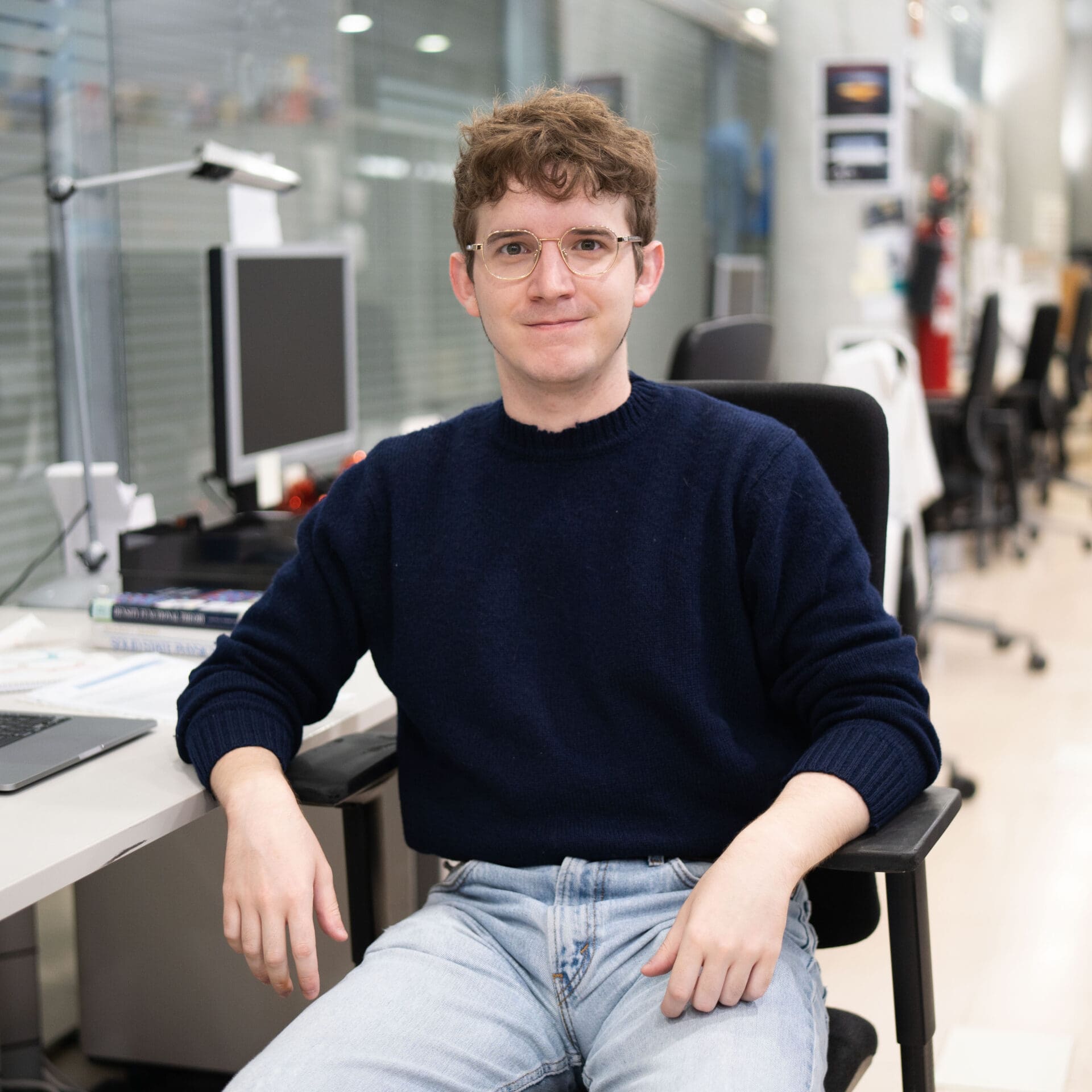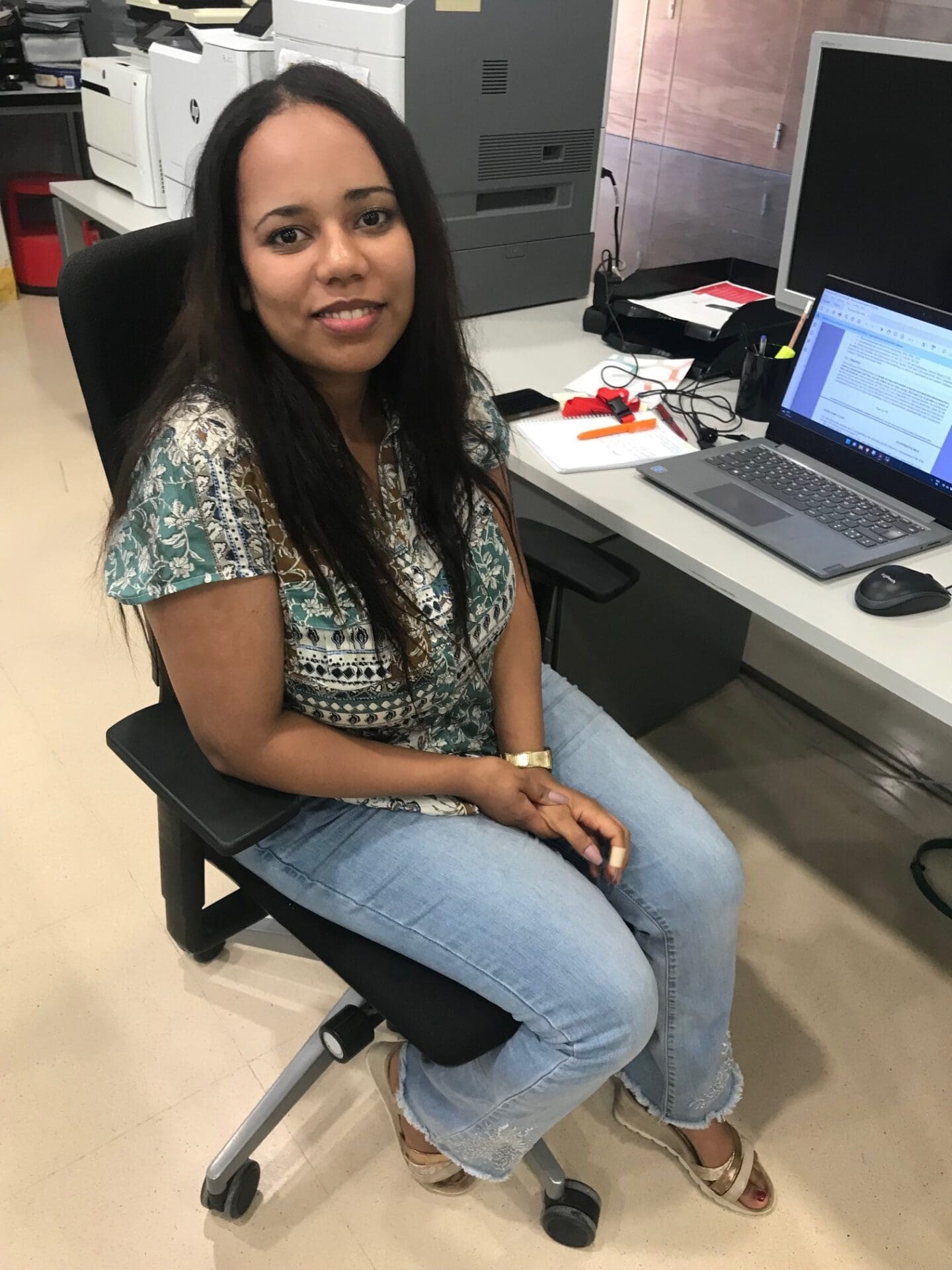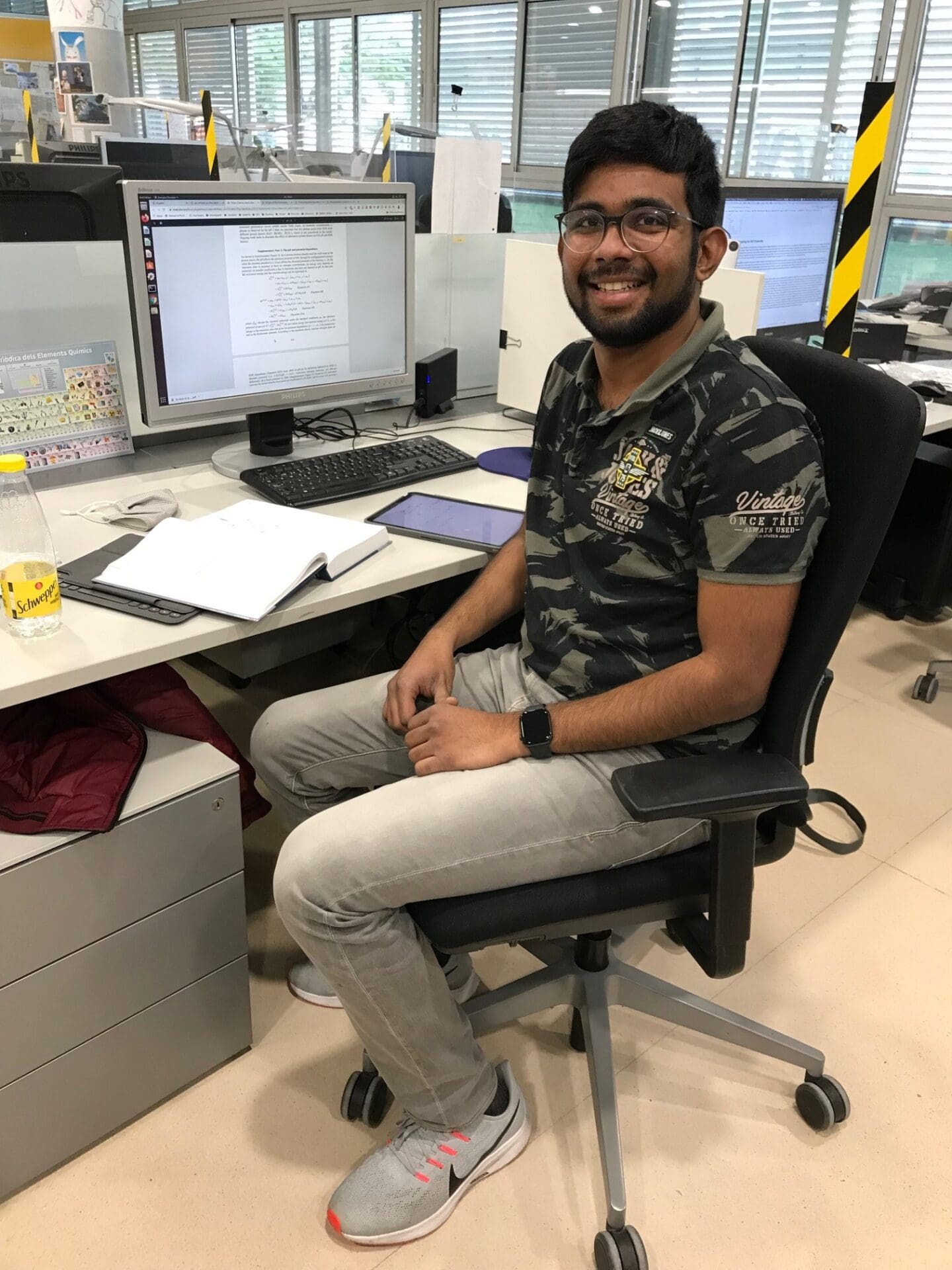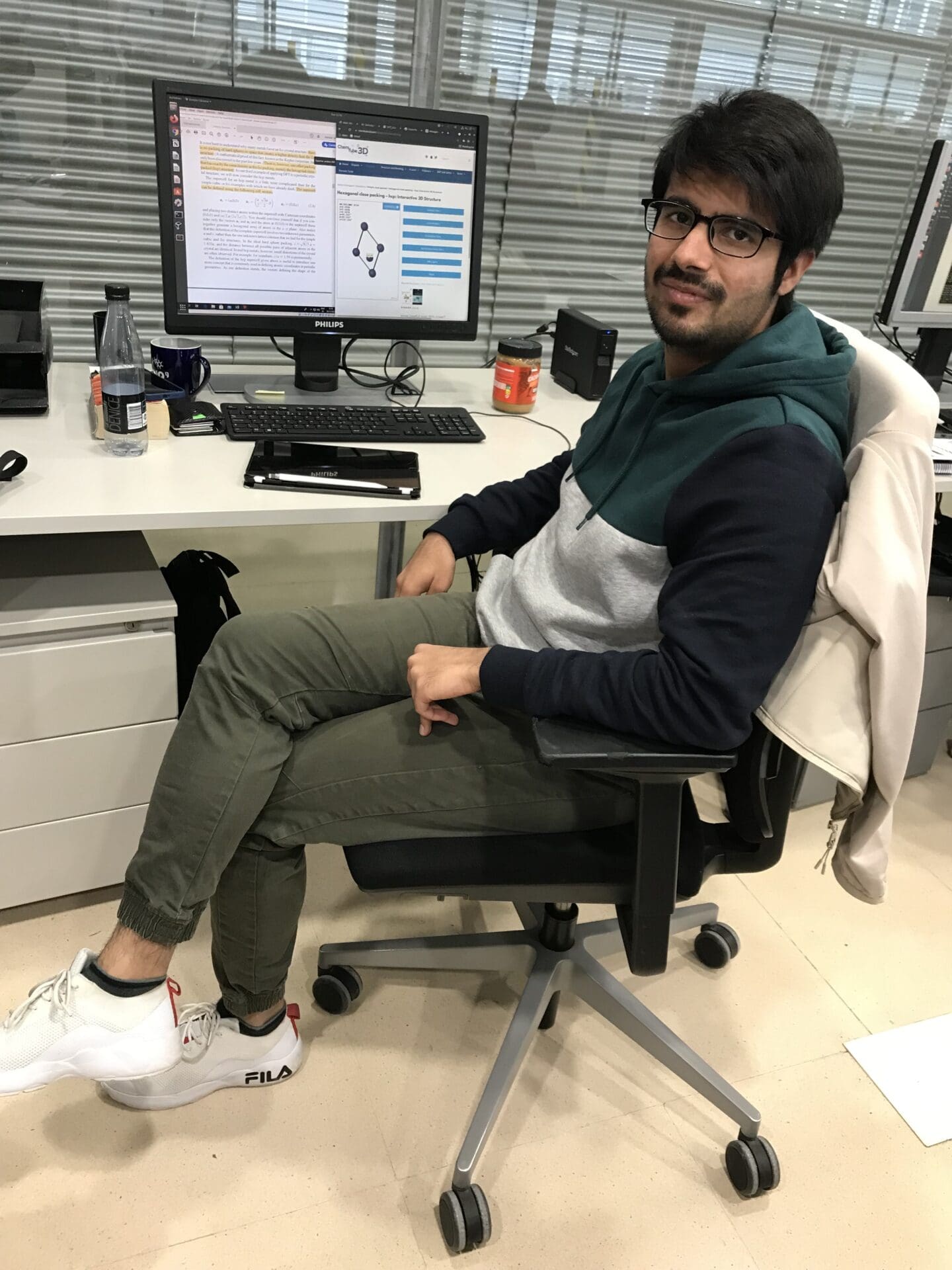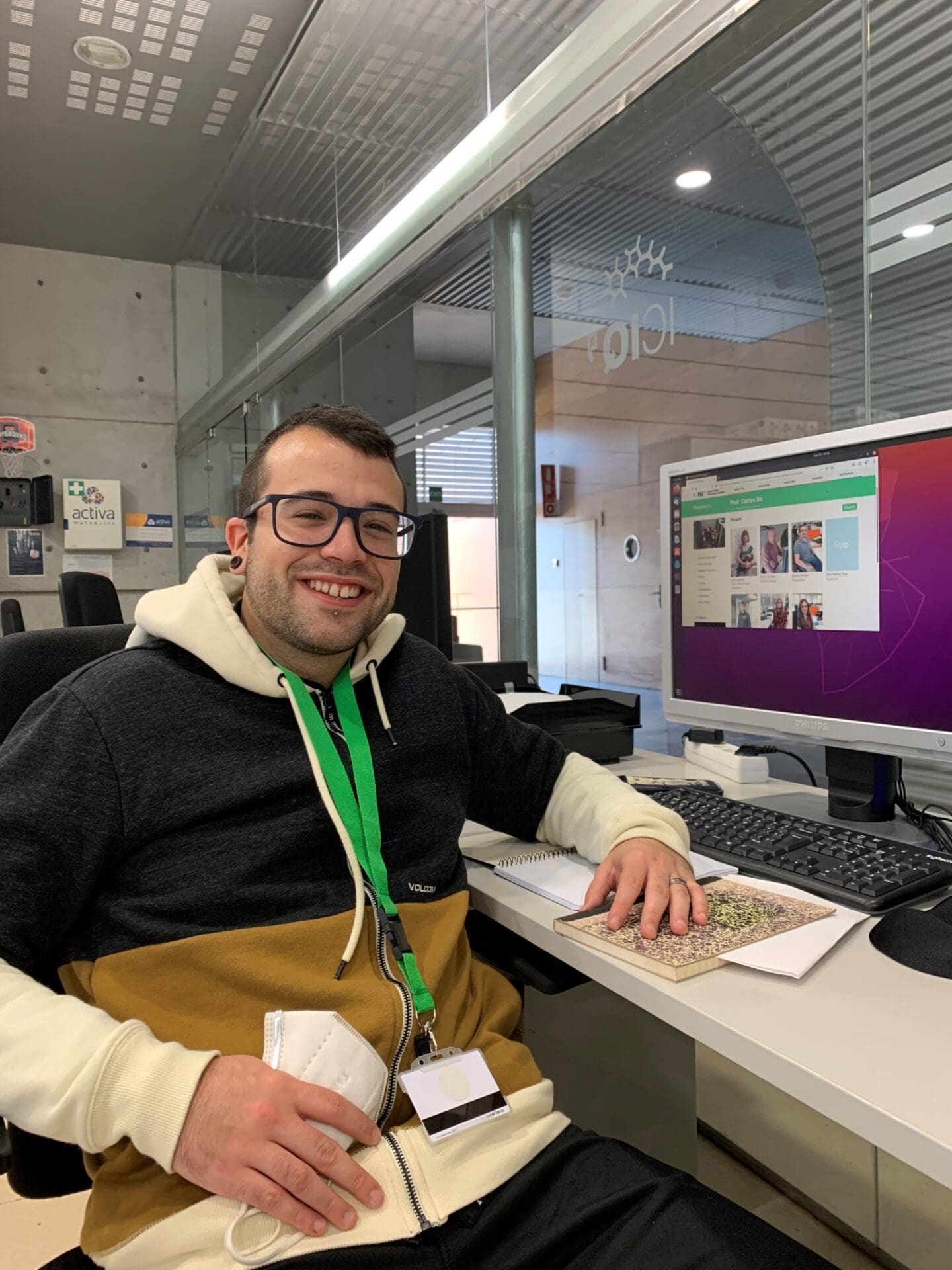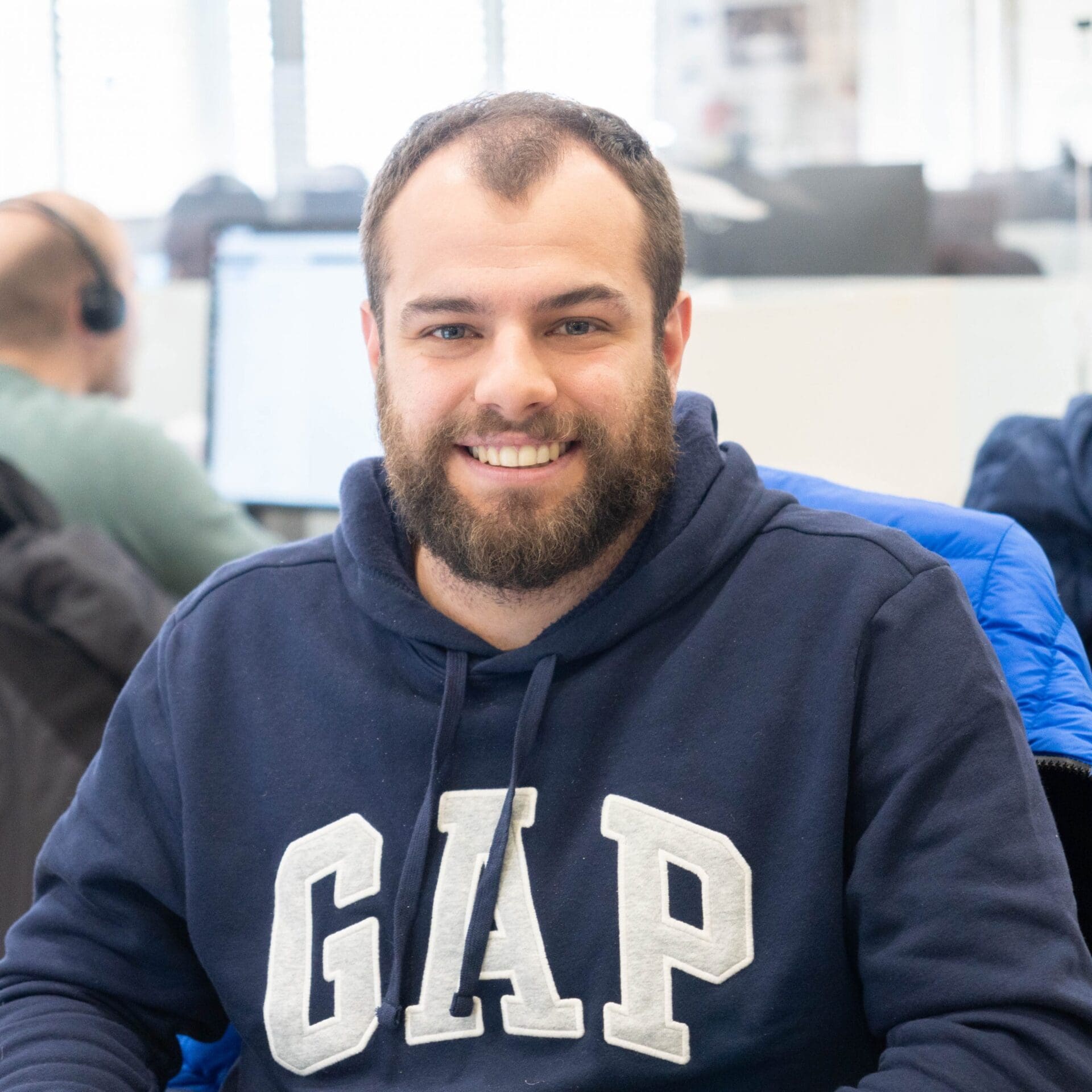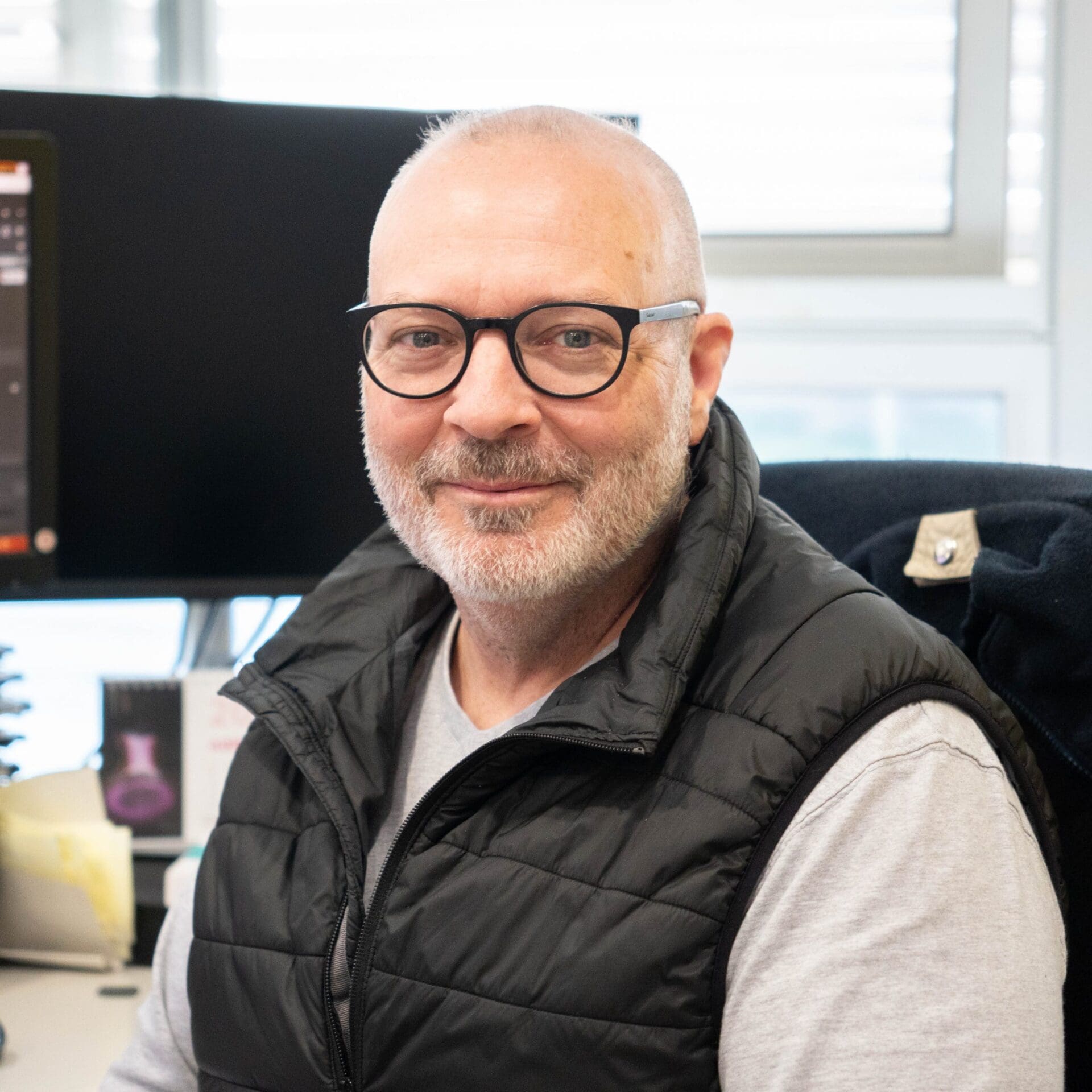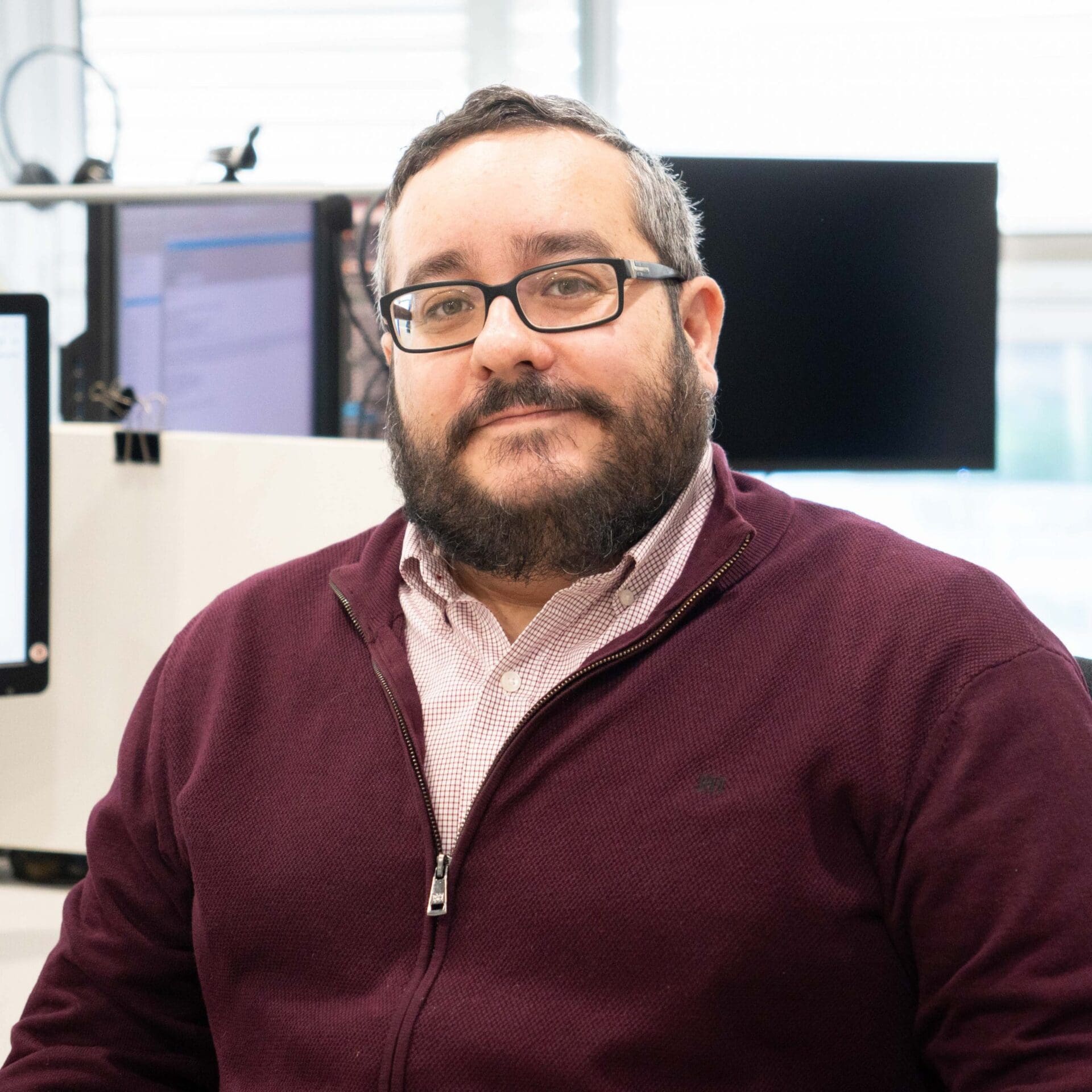Dr. Carlos Echeverría Arrondo
Postdoctoral Researcher
Carlos is a theoretical researcher with wide experience in density functional theory calculations and high performance computing. He has developed his scientific carrier across several academic and research institutions, such as the Public University of Navarre, the Donostia International Physics Center (DIPC, San Sebastián), the Center of Materials Physics (CFM, San Sebastián), the University of the Basque Country, and the Institute of Advanced Materials (INAM, University of Jaume I, Castellón). His main scientific contributions belong to the fields of spintronics and semiconductor physics. His current research activity is the theoretical study of perovskite compounds and nanostructures for optoelectronic devices.
He is now working on the EU-funded project OHPERA HORIZON-EIC-2021-PATHFINDERCHALLENGES. The aim of the project is to achieve photoelectrochemical (PEC) H2 generation, using water as proton and electron source
- University of Origin: Universitat Jaume I
- Area: Research
- Research Group/s: Prof. Núria López
- Phone: +34 977 920 200 (ext. 307)
- E-mail: cecheverria@iciq.es
Other: Prof. Núria López's staff:

Let's create a brighter future
Join our team to work with renowned researchers, tackle groundbreaking
projects and contribute to meaningful scientific advancements
